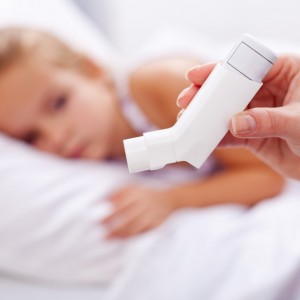 Results from a recent study indicate that continued maternal smoking during pregnancy is related to an increased risk of asthma in school age children. The study was recently published in Chest, the Journal of the American College of Chest Physicians.
Results from a recent study indicate that continued maternal smoking during pregnancy is related to an increased risk of asthma in school age children. The study was recently published in Chest, the Journal of the American College of Chest Physicians.
Evidence has consistently shown that exposure to tobacco smoke increases the risk of early childhood asthma symptoms. In their study titled “Tobacco smoke exposure, airway resistance and asthma in school-age children: The Generation R Study,” a research team from the Erasmus Medical Center – Sophia Children’s Hospital, in the Netherlands led by Herman T. den Dekker, MD, evaluated tobacco smoke exposure during pregnancy and if this was associated with childhood wheezing patterns, asthma, airway interrupter resistance (Rint) and Fractional exhaled Nitric Oxide (FeNO) in school-age children. The study was a part of the Generation R population-based prospective cohort study of pregnant women and their children in Rotterdam and included 6,007 children born between 2002 and 2006.
Results revealed that continuous maternal smoking during pregnancy was related to an increased risk of early and persistent asthma and wheezing. However, this was not associated with Rint or FeNO, and birth characteristics did not account for the associations. The research team also found that that there was a relationship between childhood tobacco smoke exposure and higher Rint, however this effect decreased when the researchers adjusted the analysis for birth characteristics. Maternal smoking during the first trimester only or paternal smoking during pregnancy was not related to FeNO, Rint, asthma or wheezing.
[adrotate group=”11″]
“We do now show that the adverse effects of maternal smoking during pregnancy on wheezing patterns and asthma extends into school age, independent of paternal smoking, smoke exposure in childhood and birth characteristics,” Herman T. den Dekker, MD, of Erasmus Medical Center in the Netherlands, and colleagues wrote according to a recent news release.
“Although using validated questionnaires based on international guidelines, underreporting or over-reporting might have occurred, which might have led to misclassification of the outcomes resulting in either overestimations or underestimations of the true associations,” the researchers noted. “Secondhand tobacco smoke exposure in childhood is associated with higher airway resistance, but this effect was partly explained by gestational age and weight at birth.”

